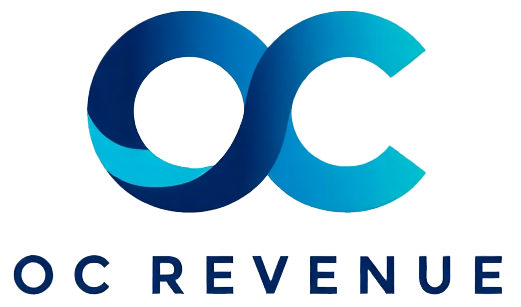Team Structure & Governance defines roles, responsibilities, and decision-making frameworks to align sales efforts and drive accountability
Structured team governance aligns roles accountability and strategic execution
A well-designed Team Structure & Governance framework clarifies individual roles, reporting lines, and team interdependencies. This clarity fosters collaboration, reduces conflict, and enhances operational efficiency by ensuring everyone understands their responsibilities and authority. Governance mechanisms such as performance reviews, incentives, and compliance checks maintain standards and promote accountability.
By aligning team design with business strategy, organizations can better respond to market changes and customer needs. Structured governance supports transparent decision-making and resource allocation, helping sales leaders optimize talent deployment and scale operations sustainably.
Dynamic team structures and governance drive clarity agility and sustained sales growth
Team Structure & Governance is foundational for building high-performing sales organizations. It involves defining roles across account executives, managers, specialists, and support staff, each with distinct objectives and metrics. This clarity reduces role ambiguity and duplication, enabling focused efforts on priority activities.
Governance frameworks establish policies around sales processes, data management, compensation plans, and compliance requirements. Regular performance monitoring and feedback loops ensure teams stay aligned with goals and adapt to evolving business contexts. This also includes establishing cross-functional committees or councils to address strategic challenges collaboratively.
Organizational design must balance specialization with flexibility, enabling teams to collaborate effectively while maintaining accountability. Matrix or pod structures may be employed to address complex customer segments or products. Effective communication channels and decision rights are critical to avoid bottlenecks and foster agility.
Ongoing governance involves training leaders in change management and leadership best practices. It ensures that team structures evolve with market demands and company growth. Ultimately, strong Team Structure & Governance drives consistent execution, employee engagement, and sustained revenue growth.

















